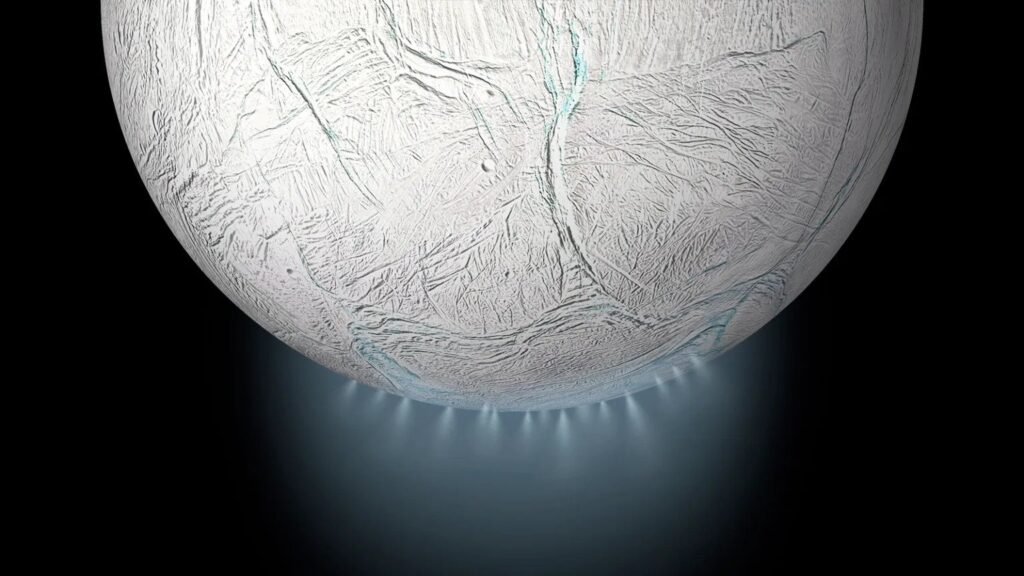NASA has officially announced that the application process for the project of an automated interplanetary mission will be suspended until at least 2026. The reason for this delay is inadequate funding from the government. The list of projects proposed for implementation may also be reviewed.

NASA delays missions to deep space
NASA representatives have officially informed that the application process for a new interplanetary mission under the New Frontiers program will be postponed until at least 2026. Previously, the competition was planned to take place this fall.
The New Frontiers program is a major tool through which NASA selects the most promising projects for exploring distant bodies in the Solar System. Within this program, the following missions have already been launched: the New Horizons mission to Pluto, the Juno mission studying Jupiter, and OSIRIS-REx, whose capsule with asteroid soil samples is set to return to Earth.
The fourth mission of this program, named Dragonfly, is supposed to explore Saturn’s moon Titan. The construction of the spacecraft is currently underway, and its launch is scheduled for 2027. The current competition was supposed to be the fifth in the program.
Reasons for the delay
Earlier this winter, NASA was determined to continue the New Frontiers program. In January, they even attempted to obtain additional feedback from the scientific community on what mission they would like to see in the future.
However, as summer approached, NASA’s confidence in the rapid realization of the next phase of New Frontiers waned. Budgetary funding issues were the reason for this. It became known that the agency’s budget for 2024 would remain the same as this year, and in 2025, it would only increase by 1 percent.
This clearly wouldn’t allow NASA to secure the $27.2 billion needed for the scientific programs they aimed to have in 2024. So, discussions about postponing New Frontiers were ongoing throughout the summer.
Will the list of missions be reviewed?
It was expected that the competition would last for five months until April 2024. Then, by the end of the year, NASA would select the winners and allocate funds for the first phase of experiments, which would be completed by early 2026. The actual launch would take place between 2031 and 2034.
Now these plans will have to be reviewed. And possibly not only them. The proposed themes for participants of the competition are based on the vision of American scientists formulated back in 2011. These included returning samples from a comet’s surface, a mission to Jupiter’s volcanic moon Io, studying the geophysics of the Moon, a mission to return samples from the South Pole-Aitken basin, a mission to determine the potential habitability of Saturn’s icy moon Enceladus, and probing Saturn’s atmosphere.
The next review, published in 2022, didn’t change the plans for this mission. However, it added a few more goals to be achieved during the upcoming competitions: a mission of an orbital spacecraft and a lander to a small Centaur body in the outer part of the Solar System, a mission to return samples from Ceres, a mission of multiple flybys of Saturn’s moon Enceladus, an orbital spacecraft to Saturn’s moon Titan, and Venus exploration.
It is expected that scientists will now be offered to look in these two lists for the missions most interesting for them, and in 2026, projects for the competition will be submitted specifically for them.
Source: spacenews.com.

